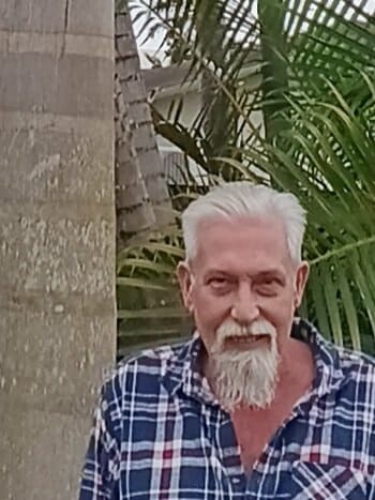INTRODUCTION
For those of you who regularly follow Project Palm on our website and social media, you likely have seen some of the incredible photo contributions of David Parker. We have received such incredible feedback on his photos we thought it would be great to get his thoughts on his career, his interest in palms and tips he might have for all of us. We recently ‘sat down’ for a virtual interview on a wide range of topics related to, you guessed it, palms!
Project Palm (PP): Thanks so much for agreeing to this interview!
David Parker (DP): It’s my pleasure! Thanks for asking me to discuss my favorite subject!
PP: OK, so let’s start from the beginning. Tell us a bit about yourself.
DP: My name is David Arthur Parker. I was born in1970 in Sydney Australia. My parents moved to the small mining town of Nhulunbuy in the Northern Territory in 1976. It is there I first became interested in tropical plants. I remember being mesmerized by the colors in the Crotons and Cordylines. My mother is an avid gardener and I would always help her in the garden. 1983 we moved to Cairns north Queensland. I finished school in 1986 and then in 1987 I started landscaping with a local landscape company. As I still had that passion for gardening. In 1988 I attended our local college and obtained a certificate three in amenity horticulture. After that I went back to landscaping until 1994. That year I moved into maintenance gardening, beginning my career in resorts where I still work today.
PP: Thank you so much for sharing your personal background and beginnings of your career in horticulture. Sticking with that subject, what specifically sparked your interest in tropical landscaping?
DP: My interest in palms was a natural transition. As a resident of Cairns, I was constantly surrounded by palms. I got the ‘palm bug’ and just wanted to learn as much as I could about these magnificent plants! After more than 35 years purusing this passion, I have gained a sound knowledge of many genera and species of palms. I am still learning to this day!
PP: Cairns must be an incredible place to live for someone in your profession with an interest in palms! Do you remember the first palm species you ever planted?
DP: I don't remember the first palm I planted. It would have been however a common landscaping palm. Maybe a chrysalidocarpus lutescens or an Archontophoenix alexandrae. My tally today though would be estimated at well over 600 palms planted.
PP: That’s how a lot of us get started with palms, planting the readily available species. Do you have a favorite palm species to work with, and why?
DP: If I had to choose one it would be Calyptrocalyx species. I find them to be a great all around palm for many tropical gardens. They are easy to germinate, grow quite rapidly, are rather hardy and have a wide range of frond varieties.
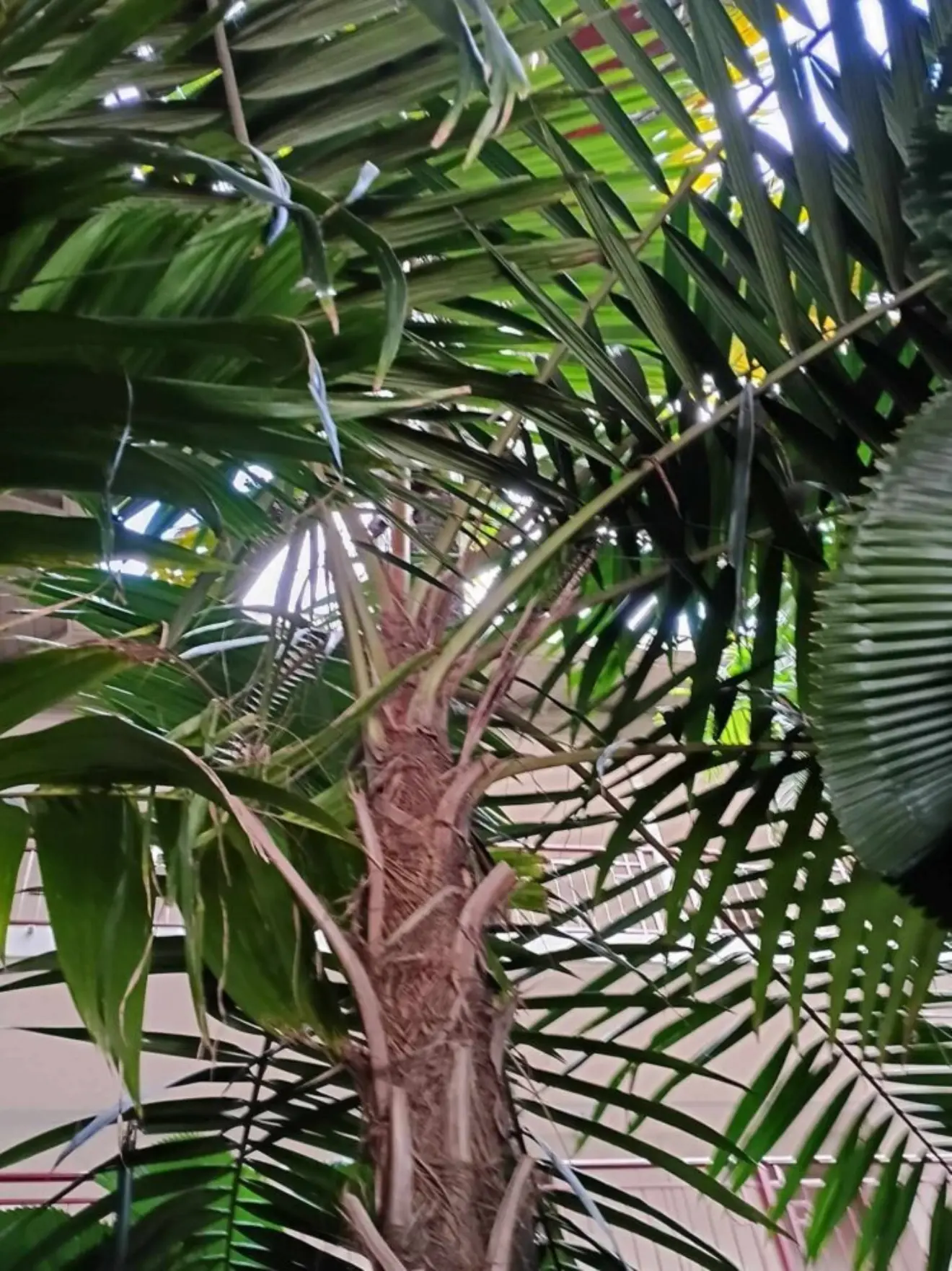
PP: You have shared some wonderful photos of several Calyptrocalyx species. We agree, they are beautiful! Moving on to your approach to gardening, what is the first thing you consider when designing a tropical landscape with palms?
DP: The first thing I do when I design a new garden is to envision how it will look in five to ten years. I make sure all the palms have sufficient room to grow in order to reach their full potential.
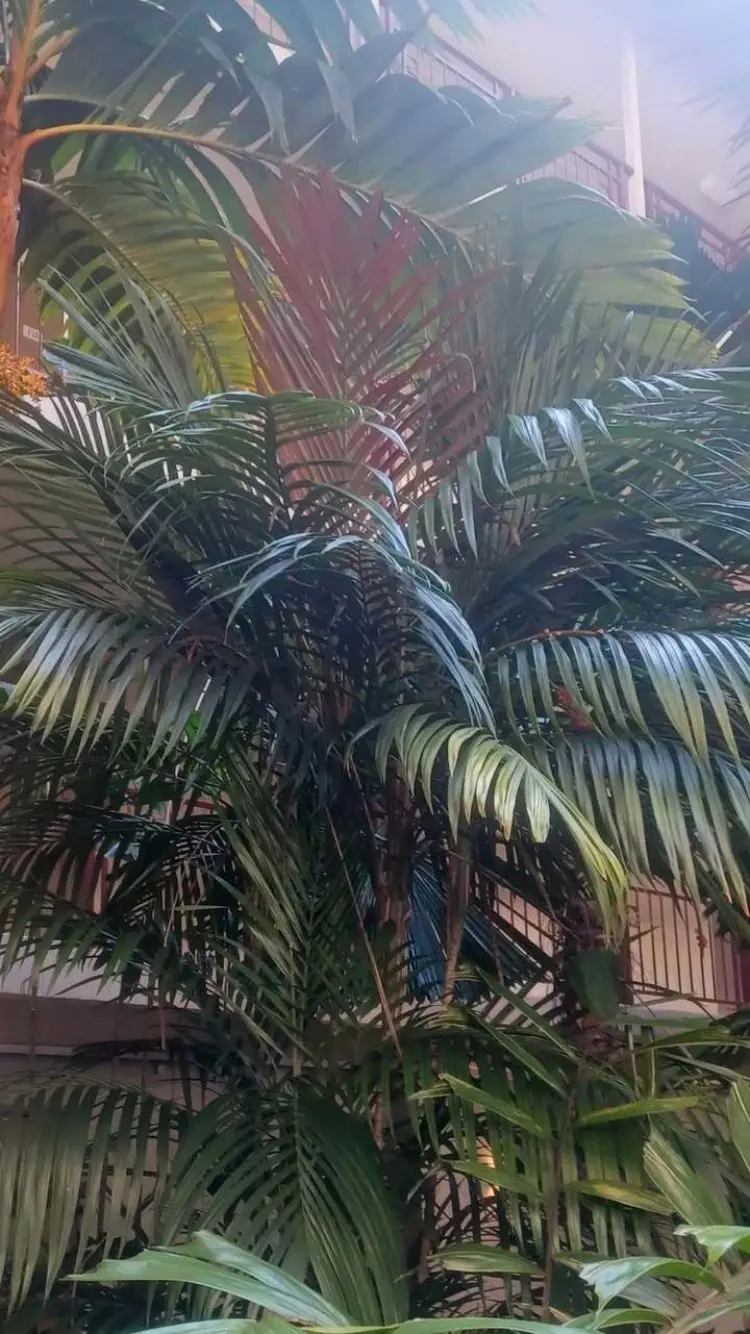
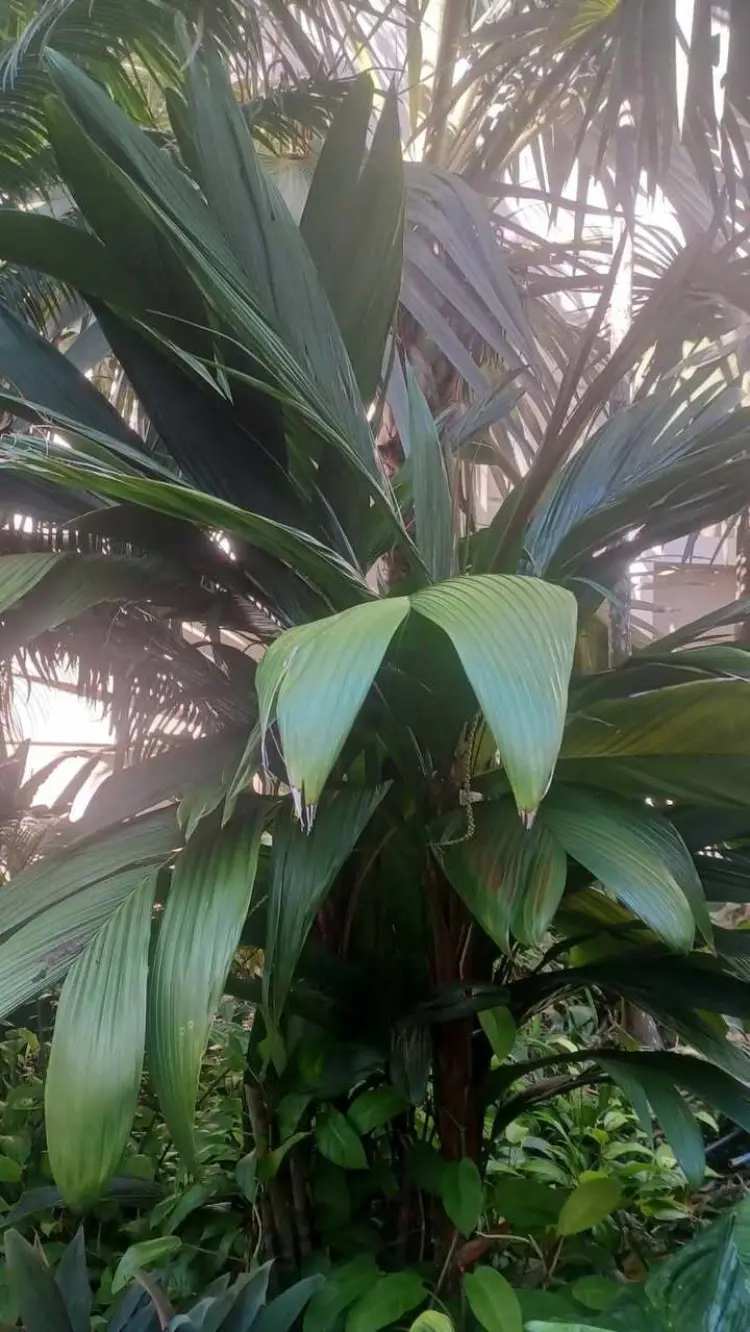
PP: Do you have a go-to soil mix or fertilization routine for palms?
DP: Mainly more so for large pots or palms in bags. I will prepare the planting hole if safe to do so a week or so before I plant. Adding compost and a small amount of pelletized chicken manure mix well and water in. Let it all settle to allow the microbes do there thing. I only fertilize once a year in October before our wet season begins. I only use slow release chicken manure pellets on my palms since we have the sufficient rain and humidity to keep them healthy and growing well.
PP: That’s really great advice! I bet a lot of our readers will try something different now. In your experience, which palm species delivers the most “wow” factor in a home landscape?
DP: To me, size matters. So, I try to go for a species with large leaves as a feature palm. For example, Johannesteijsmannia, Pelagodoxa or Phoenicophorium. For smaller areas, I go for color for that ‘wow’ factor. Species such as Areca vestiaria, Cyrtostachys renda for colorful stems. Chambeyronia macrocarpa or Calyptrocalyx species for the new frond color.
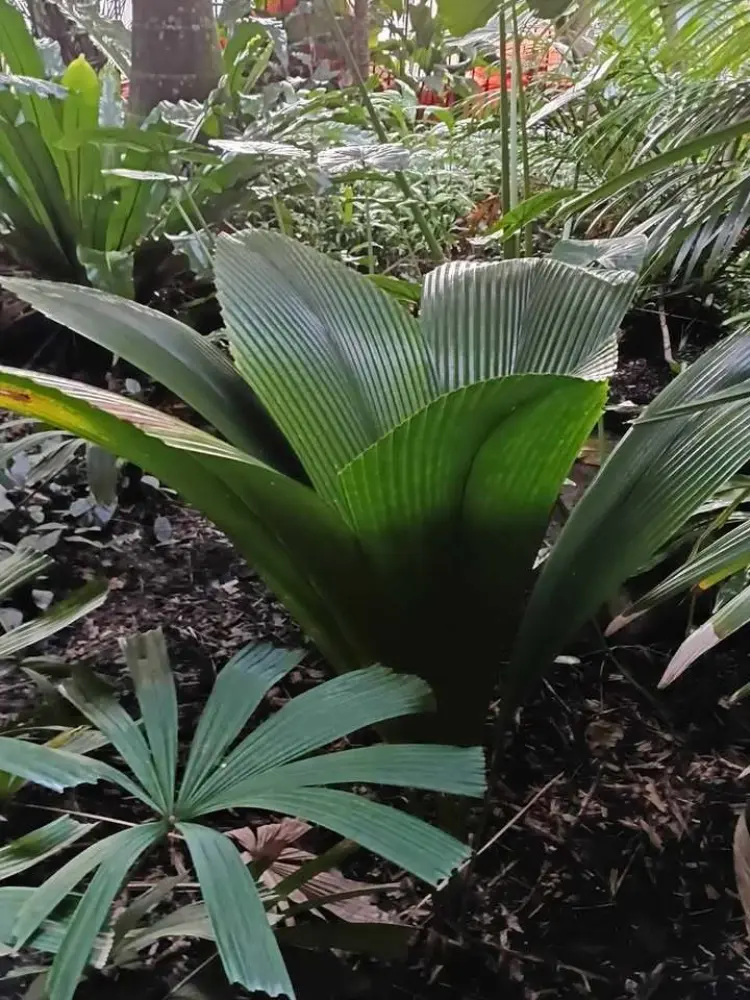
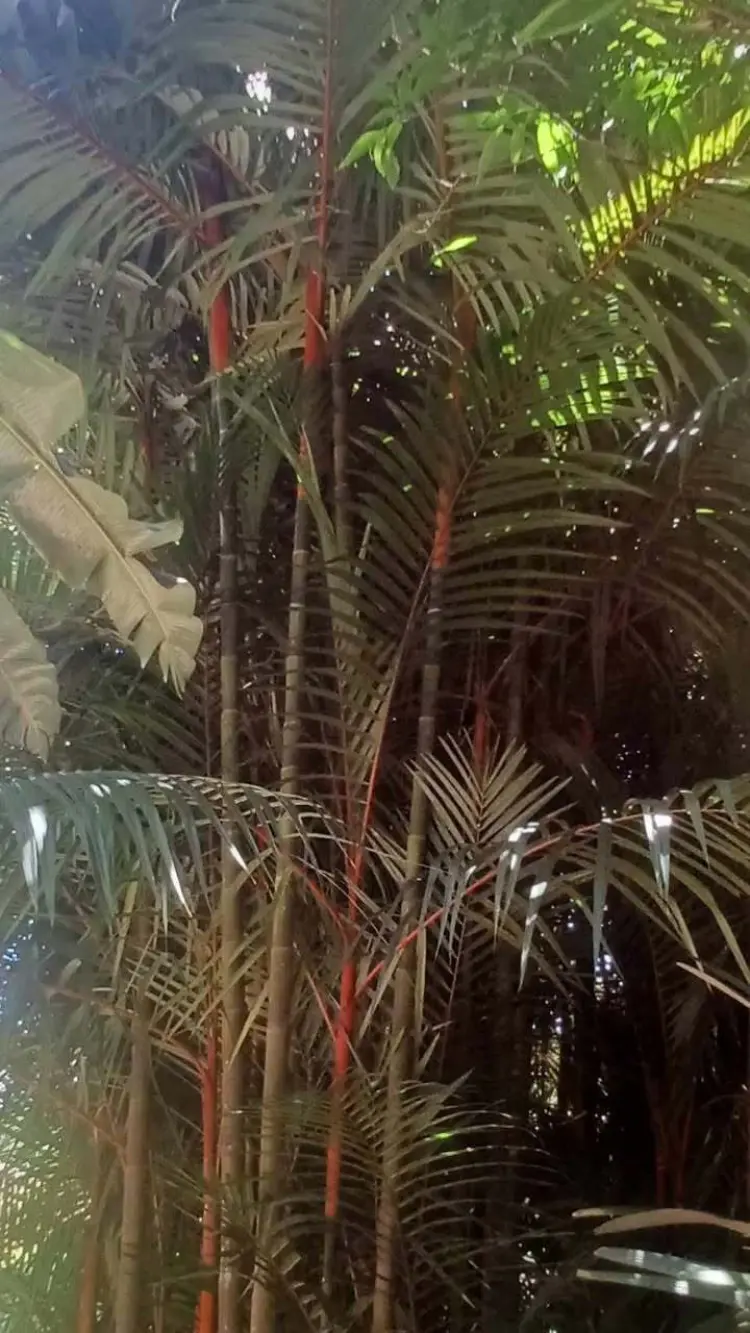
PP: Those are all wonderful species. For those of us interested in cultivated palms in our gardens, what are three practical pieces of advice you have for us?
DP: Only three? (laughs) OK, here are three that come to mind:
Always select a species that will fit in the area you wish to plant. Think what it will look like in years ahead. Always research the species before purchasing.
Prepare your planting hole before planting. With compost or similar organic materials and only a small amount of fertiliser. Dig the hole at least twice the size of the pot your palm is in. Always keep the water up to a new planting. Do not allow it to dry out.
When planting your palm, try not to disturb their roots as much as possible. I learned this the hard way even if the roots look like a jumbled mess. Plant as is. They will sort themselves out and establish a lot faster. Palms do not like having there roots messed with.
IN CLOSING
PP: Well, this has been a wonderful discussion! You’ve given us a lot to think about. As we bring this interview to a close, if you had just one piece of advice for someone creating their first tropical garden, what would it be?
DP: My only piece of advice for someone starting their first tropical garden would be to do some research on the plants and palms that you would like to use. Have a plan in mind were you would like to situate each plant and that they have enough room to grow. To me, there are no real set rules to creating a garden. You are only limited by your imagination! I would encourage people to ‘give it a go!’ You will gain a real sense of accomplishment when you sit back and watch your creation grow.
Designing a garden is a form of art and you can be the artist!
PP: David, it’s been such a pleasure speaking with you today! We appreciate you sharing your experience with palms and thank you for the great advice you shared today!
DP: It’s been my pleasure. Thanks.
